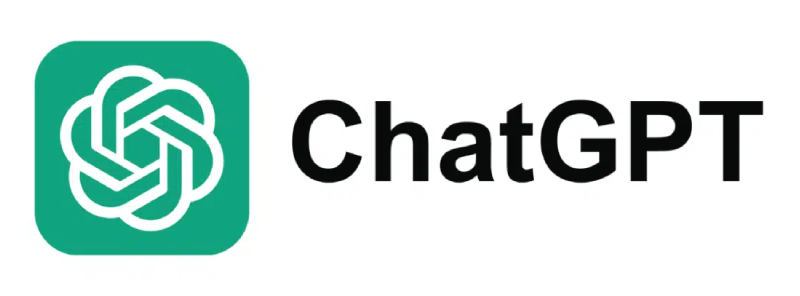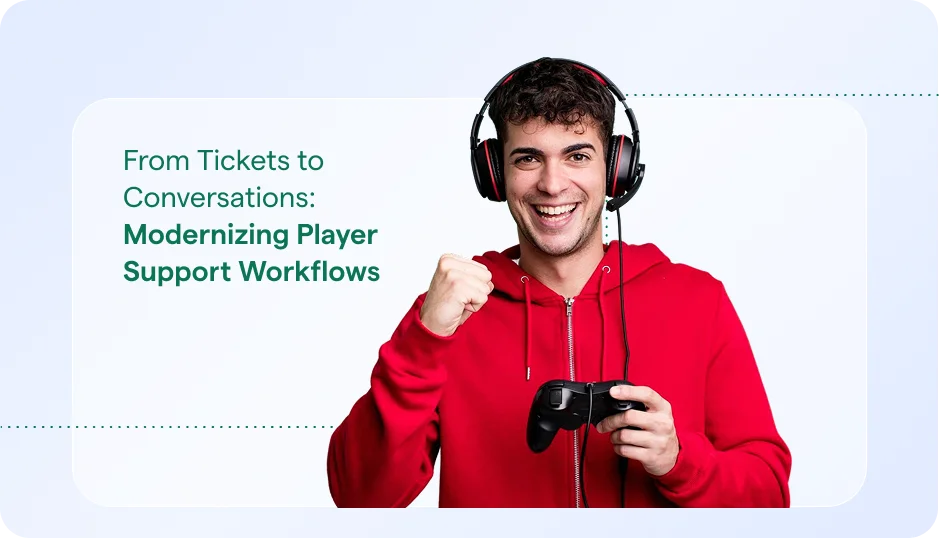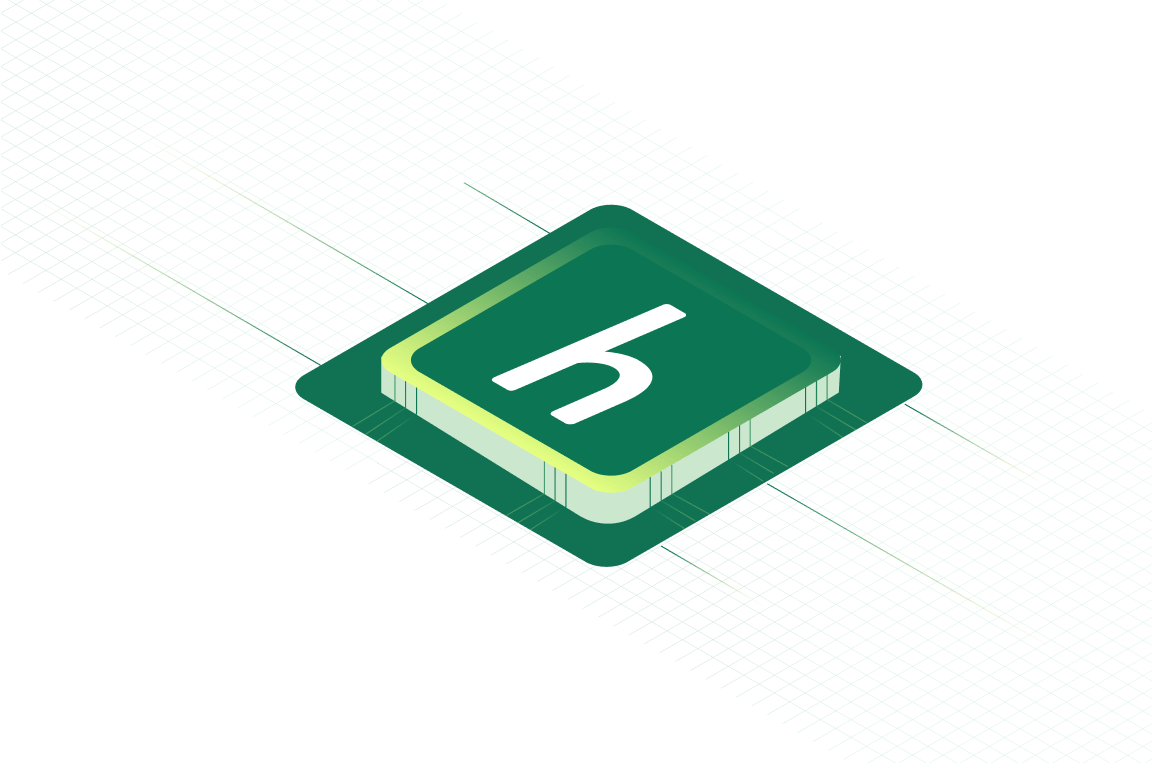In the fast-paced world of gaming, every second counts when it comes to player support. Gamers expect instant assistance that doesn’t disrupt their immersive experience.
As the gaming industry continues to evolve, so do the expectations for seamless customer support. Traditional methods of player support, such as email or phone, can no longer keep up with the demands of modern gamers.
This is where in-game AI chatbots come into play, revolutionizing the way gaming companies provide support to their players. By integrating intelligent chatbots directly into the game environment, companies can offer real-time assistance without pulling players out of the action.
Why Seamless Support Matters in Gaming Environments
In the gaming world, immersion is key. Players want to lose themselves in the game, and any interruption can break that spell. When players encounter issues or have questions, they expect quick and efficient support that doesn’t take them out of the game.
Seamless support is crucial for player retention and satisfaction. A study by Helpshift found that 89% of players are more likely to continue playing a game if they receive a quick and satisfactory resolution to their issue. By providing in-game support, companies can keep players engaged and reduce the likelihood of churn.
What is a Gaming AI Chatbot?
A gaming AI chatbot is an intelligent virtual assistant specifically designed to provide player support, guidance, and assistance within gaming environments. Unlike traditional customer service chatbots that operate on external websites or applications, gaming AI chatbots are integrated directly into game interfaces, offering contextual help while maintaining the immersive gaming experience.
These sophisticated systems leverage artificial intelligence, natural language processing, and machine learning to understand player queries, interpret gaming terminology, and provide relevant assistance in real-time. Gaming AI chatbots can handle everything from basic gameplay questions and technical troubleshooting to complex account management and personalized recommendations—all without requiring players to leave their gaming session.
The Role of AI Chatbots in Modern Gaming Support
AI chatbots have become an essential tool in modern gaming support. These intelligent virtual agents can handle a wide range of player inquiries, from basic gameplay questions to complex technical issues. By leveraging natural language processing (NLP) and machine learning, chatbots can understand player intent and provide accurate, context-aware responses.
The benefits of AI chatbots extend beyond just convenience for players. For gaming companies, chatbots can significantly reduce the workload on human support agents, allowing them to focus on more complex issues. Chatbots can also operate 24/7, providing support even when human agents are unavailable.
Key Features of Effective Gaming AI Chatbots
To provide truly seamless support, in-game AI chatbots need to have certain key features:
– Natural Language Understanding: Chatbots should be able to understand player queries, even if they are phrased in different ways. Advanced NLP capabilities allow chatbots to grasp the context and intent behind player messages.
– Personalization: Chatbots should be able to tailor their responses based on the individual player’s profile, including their progress in the game, previous interactions, and preferences.
– Multilingual Support: With gaming being a global industry, chatbots need to support multiple languages to cater to players from different regions.
– Seamless Integration: Chatbots should blend seamlessly into the game interface, providing a native experience that doesn’t disrupt gameplay.
Designing Conversational Flows That Feel Native to Gameplay
Designing conversational flows for in-game chatbots requires a deep understanding of the game’s world and mechanics. The chatbot’s personality and tone should match the game’s theme and style. For example, a fantasy RPG might have a wise, mystical chatbot, while a sci-fi shooter could feature a high-tech, futuristic assistant.
The conversational flow should guide players towards a resolution without overwhelming them with too much information at once. Use short, clear messages and provide options for players to choose from when appropriate. Visual elements, such as images or videos, can also enhance the chatbot experience and make it feel more engaging.
Integrating Chatbots Across Platforms: Mobile, Console, and PC
With gaming spanning across multiple platforms, in-game chatbots need to be adaptable. The chatbot experience should be consistent across mobile, console, and PC, while taking into account the unique characteristics of each platform.
On mobile, chatbots should be optimized for smaller screens and touch-based interactions. For consoles, chatbots may need to integrate with voice assistants or gaming controllers. PC chatbots can leverage the larger screen real estate and keyboard input for a more expansive conversational interface.
Best Practices for Personalization and Real-Time Assistance
Personalization is key to making players feel valued and understood. In-game chatbots should leverage player data, such as their progress, playstyle, and preferences, to provide tailored recommendations and support.
Real-time assistance is another critical aspect of seamless support. Chatbots should be able to detect when a player is struggling and proactively offer help. For example, if a player is stuck on a particular level for an extended period, the chatbot could suggest tips or provide a hint to help them progress.
Metrics to Track Chatbot Performance and Player Satisfaction
To ensure that in-game chatbots are effectively supporting players, it’s essential to track key performance metrics. Some important metrics to monitor include:
– Resolution Rate: The percentage of player issues that are successfully resolved by the chatbot without escalation to human support.
– Average Resolution Time: The time it takes for the chatbot to resolve a player’s issue, from initial contact to final resolution.
– Player Satisfaction: Surveys or feedback mechanisms can help gauge how satisfied players are with the chatbot support they receive.
– Engagement Rate: The percentage of players who interact with the chatbot and the frequency of those interactions.
By continuously monitoring and analyzing these metrics, gaming companies can identify areas for improvement and optimize their chatbots’ performance over time.
Future of In-Game Support: Adaptive and Predictive AI
As AI technology continues to advance, the future of in-game support looks increasingly promising. Adaptive AI chatbots will be able to learn from player interactions and improve their responses over time. They’ll be able to detect patterns and anticipate player needs before they even arise.
Predictive AI will take this a step further by analyzing player behavior and identifying potential issues before they occur. For example, if a player’s performance suddenly drops, the chatbot could proactively reach out to offer assistance or suggest taking a break.
The integration of AI chatbots with other emerging technologies, such as augmented reality (AR) and virtual reality (VR), will also open up new possibilities for immersive, interactive support experiences.
As the gaming industry continues to evolve, so must the ways in which we support our players. By embracing the power of in-game AI chatbots, we can provide the seamless, personalized assistance that gamers crave. If you’re ready to take your player support to the next level, request a demo to explore how Helpshift can transform your customer service operations








